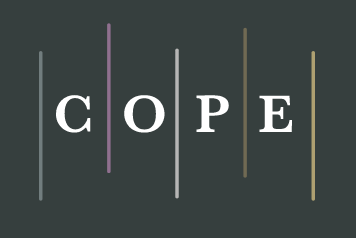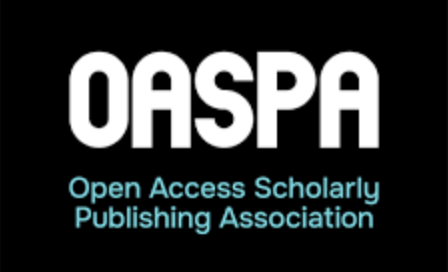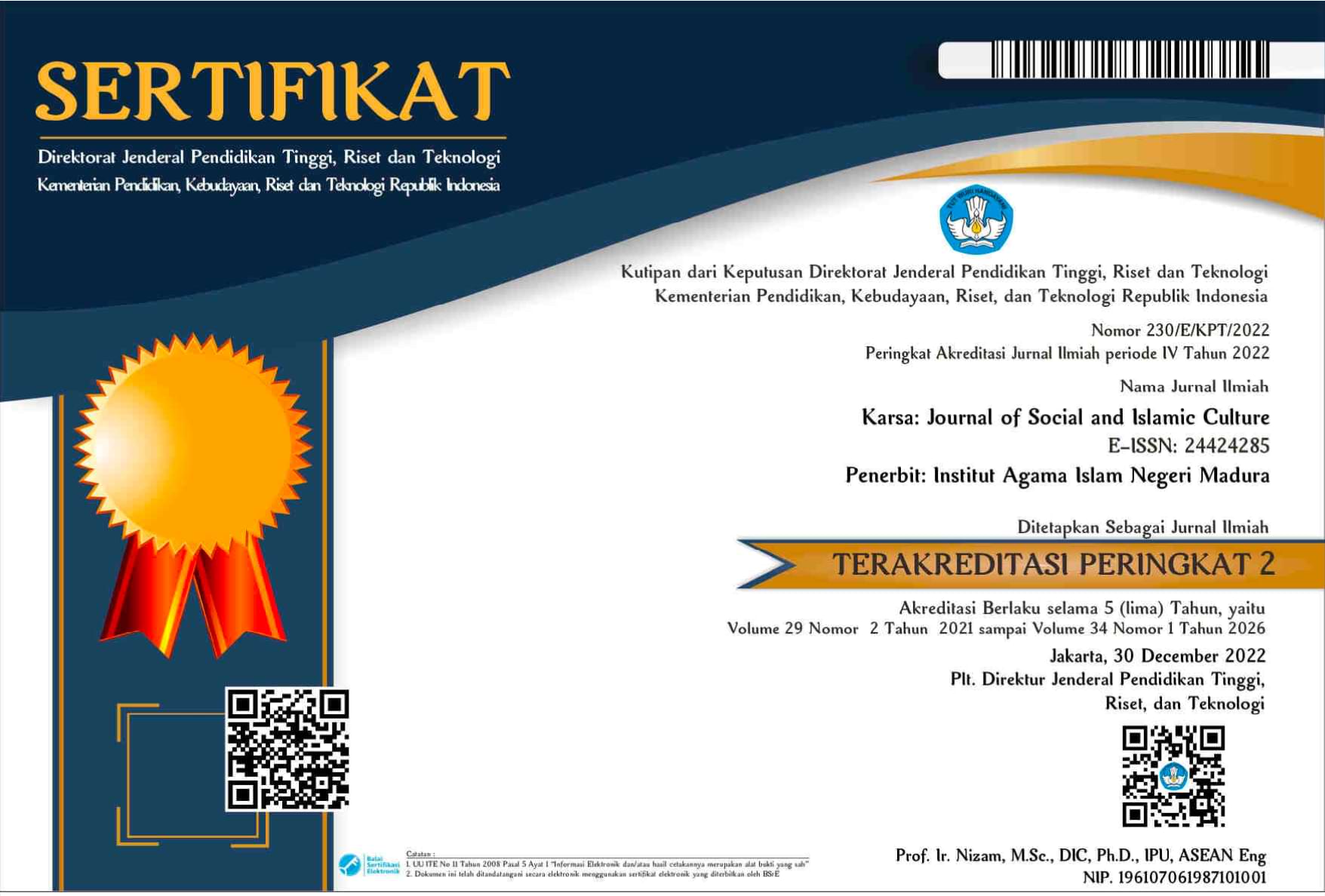Sprite’s Advertisement Myth Versus The Reality in Television Based on Islamic Perspective
 Abstract views: 298
,
Abstract views: 298
,
 PDF downloads: 177
PDF downloads: 177
Abstract
This research analyzes about Sprite’s advertisement Myth vs Reality version on television based on Islamic Perspective. The company would like to offer the freshness of the product with an extra ordinary Advertisement. This research applied the semiotic perspective from Roland Barthes to analyze connotation, denotation, myth and ideology to find the message behind the advertisement and relate this issue with Islamic perceptive. This research used qualitative approach and semiotic analysis method. The primary data was Sprite’s advertisement Myth vs Reality version. The secondary data was literary review and other information (website) that related with the object. The analysis data of this research used semiotic model from Roland Barthes. This research analyzed all communication icons and cinematographic aspects in the Advertisement. The researcher indicated that the advertisement urges people to think logically. It urges people to understand that a drink cannot make them suddenly rich or get the ideal couple without doing nothing. Among the ways of thinking that deviate from the truth according to Islamic perspective is believe in khurafat and myth. Whereas Sprite is just a soft drink with lemon flavour.
Downloads
References
Ahmadi, Rulam. Metodologi Penelitian Kualitatif. Yogyakarta : Ar-Ruzzmedia, 2014.
Barker, Chris. Cultural Studies: Teori dan Praktik. Yogyakarta: PT. Bentang Pustaka, 2005.
Barthes, Roland. Elements of Semiology. New York : Hill and Wang, 1983.
Beasley, Ron & Danesi, Marcel. Persuasive Signs : The Semiotics of Advertising. De Gruyter Mounton, 2002.
Bungin, Burhan. Analisis data Penelitian Kualitatif. Jakarta. PT. Raja Grafindo Persada, 2003.
Effendy, Onong Uchjana. Hubungan Masyarakat Suatu Studi Komunikologis. Bandung: PT. Remaja Rosdakarya, 2002.
Hardjana, Agus M. Komunikasi Intrapersonal dan Interpersonal. Yogyakarta: Kanisius, 2003.
Kriyantono, Rachmat. Teknik Praktis Riset Komunikasi. Jakarta: Kencana, 2014.
Kotler, Philip. Manajemen Pemasaran jilid 1. Jakarta : Prenhalindo, 2002.
Kompare, Derek. Television and New Media; Publishing Flow. Southern Methodist University. Sage Publication, 2006.
Rangkuti, Freddy. The Power of Brands. Jakarta : PT. Gramedia Pustaka Utama, 2004.
Sendjaja, S Djuarsa. Pengantar Ilmu Komunikasi. Jakarta: Universitas Terbuka, 2009.
Sobur, Alex. Semiotika Komunikasi. Bandung: PT. Remaja Rosdakarya, 2009.
Suhandang, Kustadi. Periklanan, Manajemen, Kiat dan Strategi. Bandung: Nuansa, 2005.
Sutisna. Perilaku Konsumen ”Komunikasi Pemasaran”. Bandung : Remaja Rosdakarya, 2002.
Wood, Julia T. Communication in Our Lives. USA:University of North Carolina at Capital Hill, 2009.
Zoest, Aart Van. Semiotika: Tentang Tanda, Cara Kerjanya dan Apa yang Kita Lakukan Denganya. Jakarta: Yayasan Sumber Agung, 1993.
http://surabaya.tribunnews.com/2016/09/23/inilah-pengakuan-korban-penggandaan-uang-dimas-kanjeng-taat-pribadi?page=3. Accessed on November 5, 2016.
https://www.sagepub.com/sites/default/files/upm-binaries/59343_Chapter_4.pdf. Accessed on January 19, 2017.
https://en.wikipedia.org/wiki/Sprite_(drink). Accessed on January 20, 2017.
https://pakarkomunikasi.com/sejarah-televisi-di-indonesia. Accessed on January 20, 2017.
The journal operates an Open Access policy under a Creative Commons Non-Commercial Share-Alike license. Authors who publish with this journal agree to the following terms:
- Authors retain copyright and grant the journal right of first publication with the work simultaneously licensed under a Creative Commons Attribution License that allows others to share the work with an acknowledgement of the work's authorship and initial publication in this journal.
- Authors are able to enter into separate, additional contractual arrangements for the non-exclusive distribution of the journal's published version of the work (e.g., post it to an institutional repository or publish it in a book), with an acknowledgement of its initial publication in this journal.
- Authors are permitted and encouraged to post their work online (e.g., in institutional repositories or on their website) prior to and during the submission process, as it can lead to productive exchanges, as well as earlier and greater citation of published work.





















